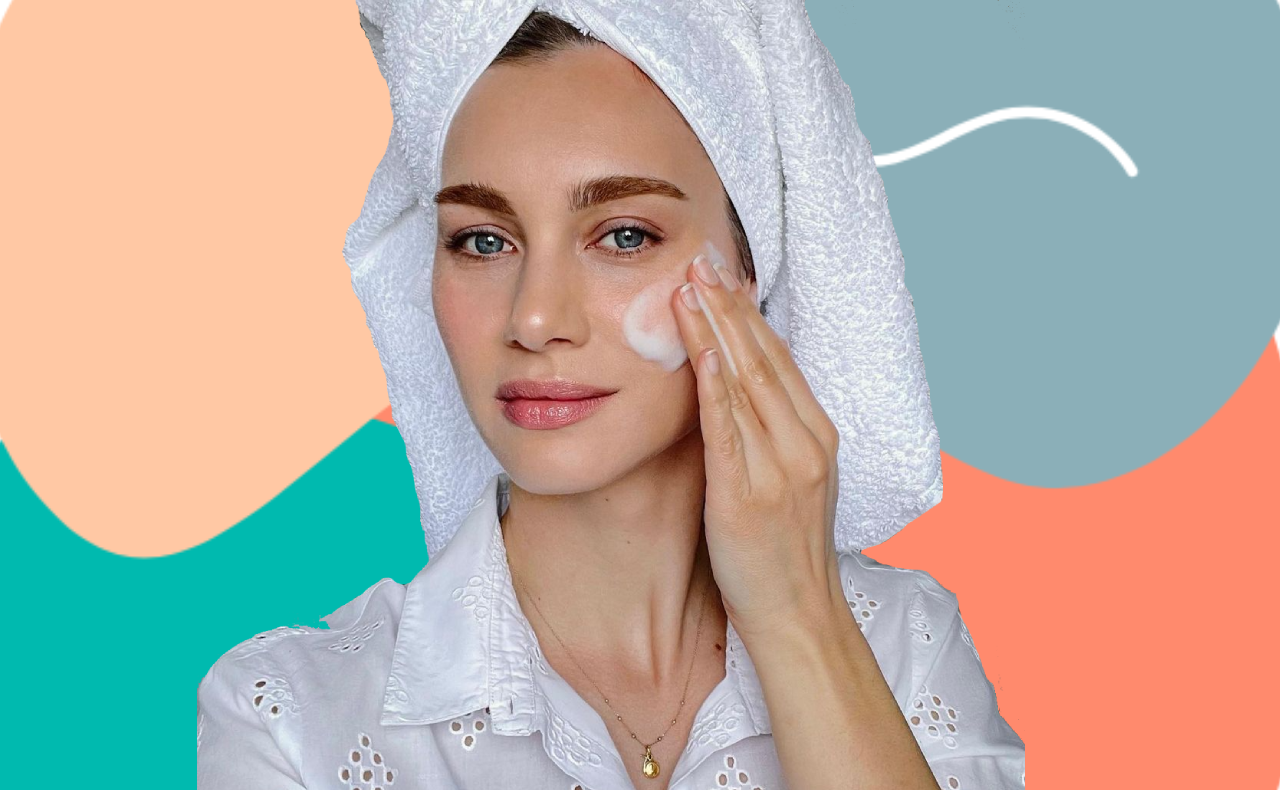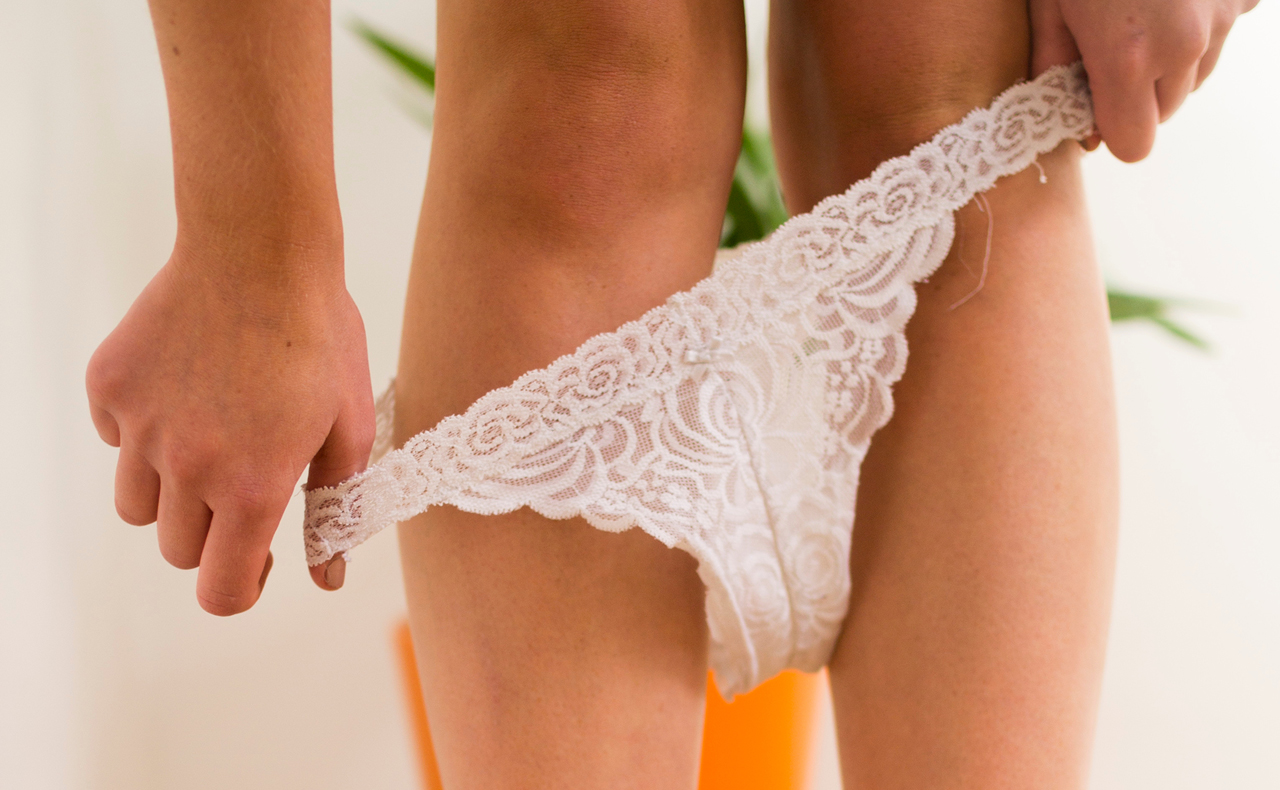Unless you are blissfully unaware of your surroundings, you’ve probably heard the term ‘clean eating’ being thrown around. Or if you haven’t heard it you may have seen it in this form ‘#cleaneating’ and possibly accompanied by a photo of fruit salad or chiselled abs.
Clean eating has become quite the health and social media craze over the last few months and no matter how hard I try to ignore it, it doesn’t seem to be going away. And when I can’t beat them, I investigate them to try to get to the bottom of this whole ‘clean eating’ thing and how it’s done. I just hope it has nothing to do with cleaning the house and eating at the same time, I already have a hard enough time with spaghetti.
What is ‘clean eating’?
Like most health phenomenon’s, clean eating has a variety of interpretations, hence the overwhelming amount of ‘clean eating plans’ and ‘six week challenges’ that keep popping up in your Facebook newsfeed. But from what I can gather clean eating means eating foods in their most natural state. So in order to ‘eat clean’ you must avoid all processed foods or any foods with a high level of preservatives, sugar or bad fats. Instead you’re supposed to stick to wholefoods or ‘clean’ foods that haven’t been tampered with.
Is it really good for you?
Unlike the apple and red bull diet (eat only an apple a day and drink red bull if you feel lethargic aka the worst diet ever) the reason the term has become so widely spread is because eating clean is generally good for you. By eating clean you can maintain a healthy weight, lower cholesterol levels and reduce the risk of disease. Some also find they have clearer skin and higher energy levels when they ‘eat clean’. The only problem with clean eating is if you were to cut out a food group all together. As long as you are eating a variety of wholefoods from all the five food groups (grains, vegetables, fruit, dairy and protein) then clean eating can be very beneficial.
Cheat’s guide to clean eating
If you want to give clean eating a go, there are a few easy ways that you can swap the foods you would normally eat for those that are ‘clean.’ It’s also a good idea to clean out your pantry before you start so that you’re not tempted.
Rice
Rice can easily be replaced in your diet with quinoa, a highly nutritious gluten-free grain.
OR
You can blitz some broccoli in a food processor until it gets a rice-like consistency then sauté it in some coconut oil with garlic and onion.
Regular milk
There’s been quite a lot of debate about cutting whole fat milk from your diet because it’s a great source of calcium. But it’s also high in fat so those who are trying to ‘eat clean’ will often switch to almond and coconut milk. Both are free from saturated fats as well as cholesterol and gluten free.
Lollies
Unfortunately lollies are not a part of the clean eating lifestyle (shocker I know). So instead of lollies you can get a natural sugar kick from dates and frozen grapes.
OR
You can make your own dried fruit (some bought ones are high in sugar). To make dried strawberries, simply hull them and place in the oven at 100 degrees for approximately three hours. Just as yummy as strawberry flavoured lollies!
Butter
Butter is easily replaced with avocado as a spread on wraps and sandwiches or alternatively you can use olive oil, applesauce or Greek yoghurt.
Pasta
If you’re not ready to give up your beloved pasta just yet, try swapping for
Soba noodles. They are made out of “buckwheat” (a fruit seed related to rhubarb) and are gluten free.
OR
Cut or grate thin strips of vegetables like zucchini or eggplant to use as your own veggie pasta.
Have you ever tried clean eating? What foods do you swap for healthier alternatives?




